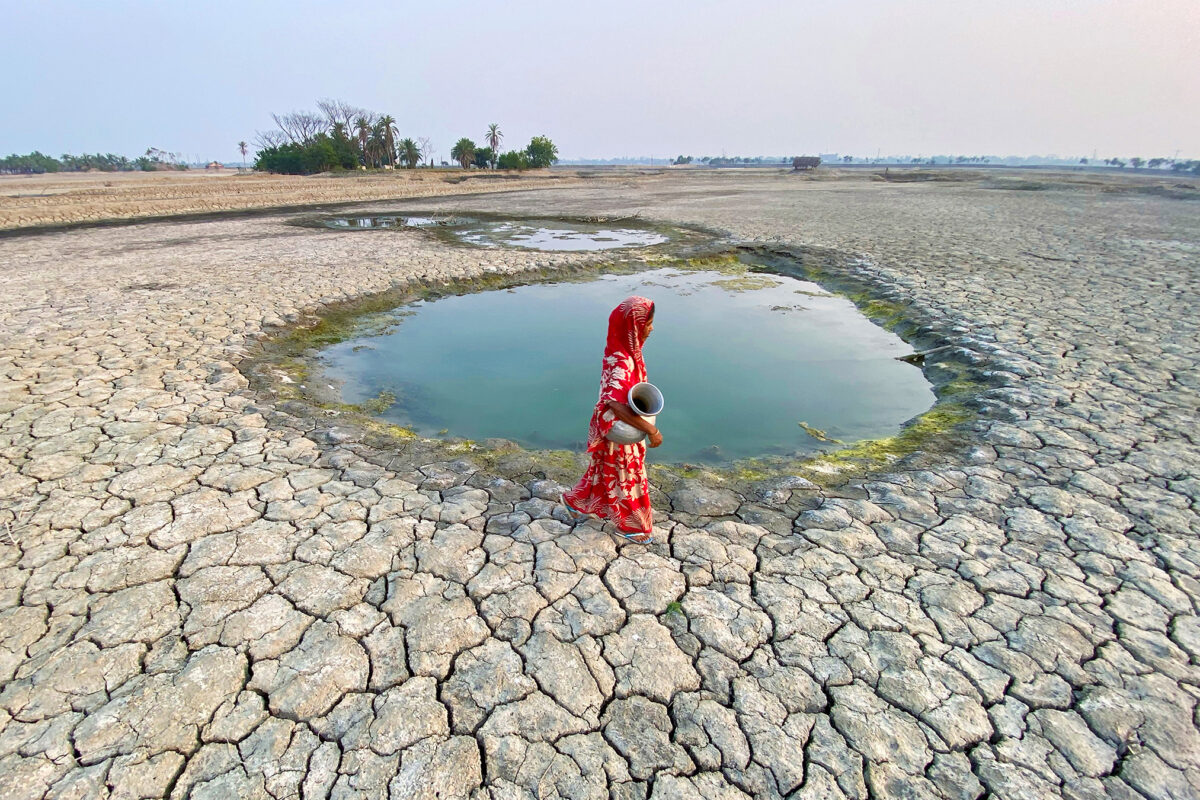“Drought is a silent killer. It creeps in, drains resources and devastates lives in slow motion,” said Ibrahim Thiaw, executive secretary of the U.N. Convention to Combat Desertification. “Its scars run deep.” A comprehensive new report released this week documents what experts call some of the most widespread and damaging droughts in recorded history, affecting millions of people across Africa, the Mediterranean, Latin America and Southeast Asia between 2023 and 2025. The report prepared by the U.S. National Drought Mitigation Center (NDMC) and the U.N. Convention to Combat Desertification describes how severe droughts have led to poverty, hunger, energy insecurity and ecosystem collapse worldwide. The report draws on more than 250 peer-reviewed studies, official data sources and news reports across more than a dozen countries and regions. Lake Tefé was completely dry in October of 2023 during the extreme Amazon drought. Image courtesy of Miguel Monteiro. “This is not a dry spell,” Mark Svoboda, report co-author and NDMC director said in a statement. “This is a slow-moving global catastrophe, the worst I’ve ever seen. This report underscores the need for systematic monitoring of how drought affects lives, livelihoods, and the health of the ecosystems that we all depend on.” More than 90 million people across Eastern and Southern Africa face acute food insecurity or need food assistance, according to the report. In Somalia alone, the government estimated 43,000 people may have died in 2022 due to drought. As of early 2025, 4.4 million Somalis, a quarter of the population, face…This article was originally published on Mongabay
From Conservation news via this RSS feed


